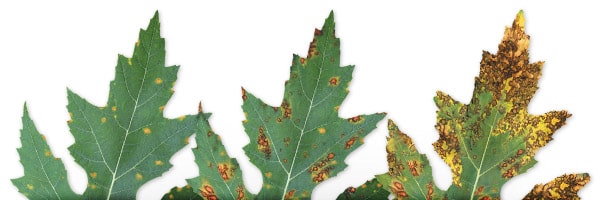
Cannabis Plant Stress and Sickness
Welcome to the intriguing world of cannabis plant stress and sickness!
As passionate cultivators, we understand the importance of providing our plants with the proper nutrition they need to thrive. By identifying and addressing nutrient deficiencies, we can ensure that our cannabis plants stay healthy, vigorous, and productive throughout their growth cycle.
Nutrients play a critical role in the development and well-being of cannabis plants. They serve as the building blocks for essential processes such as photosynthesis, root development, and overall plant growth. When a plant lacks specific nutrients, it can exhibit various symptoms that act as signals of stress and sickness. These symptoms can manifest in the form of discoloration,
Here’s the closest I can get to identifying nutrient defficiencies in cannabis digitally, hope it helps.

Calcium
What does calcium do?
Is important to the growth process.
Has a regulating effect in the cells and contributes to the stability of the plant.
What do you see?
Yellow/brown spots, surrounded by a sharp brown outlined edge.
What can you do?
Add calcium by applying a liquid lime fertiliser such as a calcium nitrate solution.

Iron
What does iron do?
Iron has a number of important functions in the plant’s overall metabolism and is essential for the synthesis of chlorophyll.
What do you see?
Strong yellowing of especially the young leaves and growth shoots between the veins.
What can you do?
The best thing is to spray the plants with a watery solution of EDDHA or EDTA chelates.

Magnesium
What does magnesium do?
Magnesium is indispensable to plants
Represents a building block for chlorophyll and is essential for photosynthesis.
What do you see?
Rusty brown spots
Cloudy, vague yellow spots between the veins.
What can you do?
Spray with a 2% solution of Epsom salts every 4-5 days for a couple of weeks.

Nitrogen
What does nitrogen do?
Nitrogen is a component of enzymes and is involved in all enzyme reactions and plays an active role in the plant’s metabolism.
What do you see?
Purple stalks, yellowing leaves and leaves falls of.
What can you do?
Raise EC of the feeding or add extra nitrogen.

Phosphorus
What does phosphorus do?
Holds key position in both cell processes and total energy transfer of the plant.
Also a “building block” of cell walls and DNA.
What do you see?
Small plant with purple/black necrotic leaf parts.
Leafs become malformed and shrivelled.
What can you do?
Mix inorganic phosphate fertilizer thoroughly through the soil.

Potassium
What does potassium do?
Potassium takes care of the strength and the quality of the plant.
Controls countless other processes such as the carbohydrate system.
What do you see?
Dead edges of the leaves.
What can you do?
In case the EC in the substrate or soil is high, you can flush or add potassium.

Sulphur
What does sulphur do?
Is one of the molecular building blocks for a number of proteins, hormones and vitamins.
Fulfils an important role in the water equilibrium both in the plant and in the soil.
What do you see?
Discolouration of the leaves
What can you do?
Lower the pH or add sulphur.

